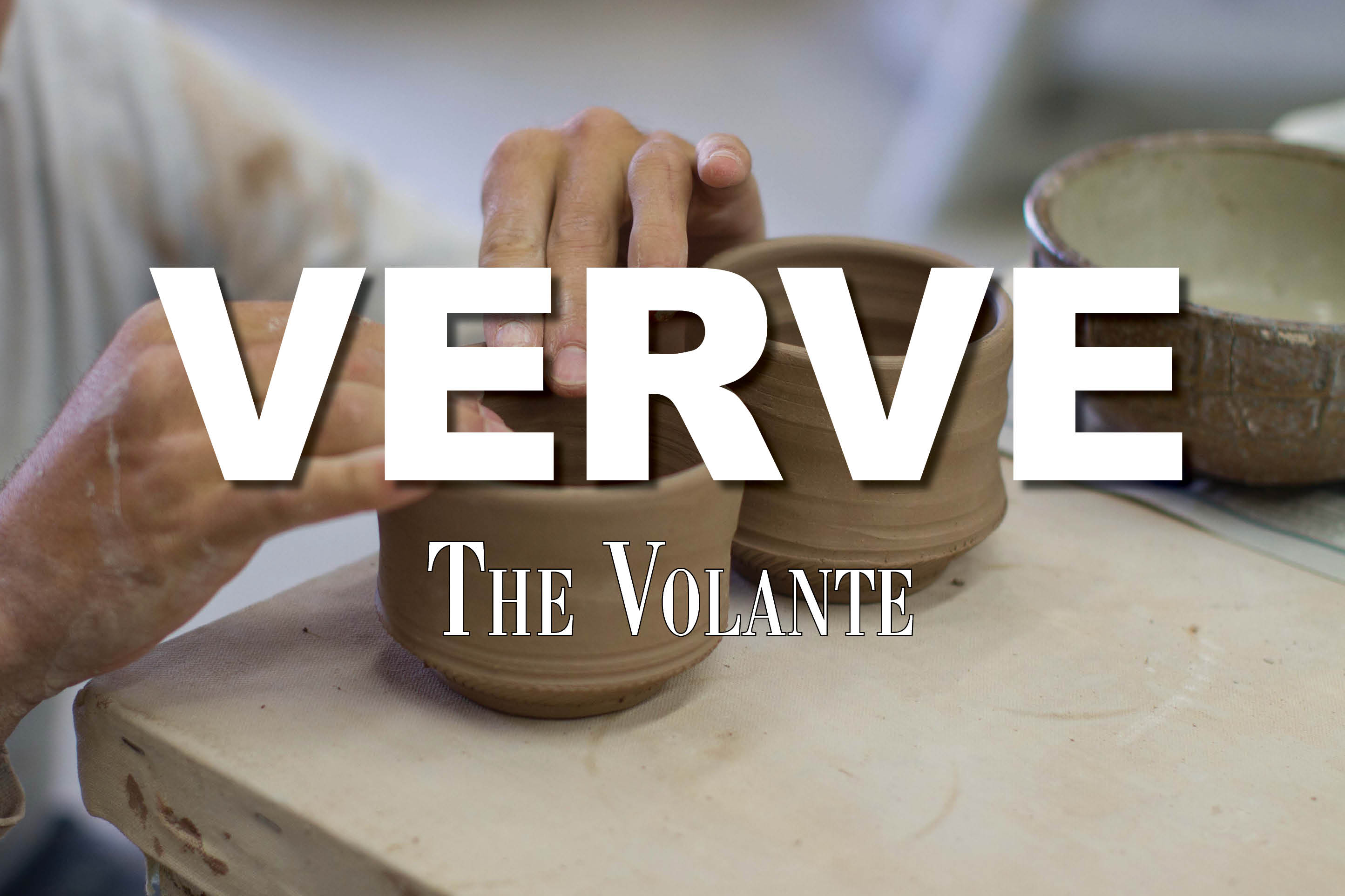
Art of Sustainability features local artists, solutions from scientists
On Sunday evening, the Washington Street Arts Center hosted the sixth annual Art of Sustainability event coordinated by Greening Vermillion. The event brought artists, scientists and activists together with a community potluck, presentations, raffle drawings and crafts. Around 35 people attended the event.
Greening Vermillion’s Art of Sustainability is aimed to celebrate how art sustains the Vermillion community with the help of local artists and scientists.
The first part of the evening showcased a slideshow of the photos and art made at yesterday’s Frost Trail hike.
Several organizations and guests were featured at the potluck Sunday night, including the the band Humbletown, Living River Group of the Sierra Club, the Izaak Walton League of America, educator Susan Port and scientist Alan Wittmuss.
Alan Wittmuss, an environmental senior scientist with the South Dakota Department of Environment and Natural Resources (SDDENR), spoke at the event. He said his main concern was the quality of the water in the region.
“Every two years we send a report of the state of the water to the EPA,” Wittmuss said. “It’s basically a report on how the waters in the United States are doing.”
Wittmuss studies how agricultural runoff affects water in South Dakota. He said one of his department’s jobs is to classify each body of water for a designated use whether for industrial or recreational use.
The focus of the night’s events centered around efforts by scientists to improve the water conditions of the Missouri River, as well as artists who express their love of nature through art depicting the Missouri River.
The night was also a special tribute to the late Nancy L. Carlsen, a historian, artist, author, educator and cartographer from Vermillion. The raffle prize was a print of the “Clay County Weave” made by Carlsen.
Pat Kistner, an official with the Izaak Walton League of America, also spoke at the potluck. He said the league’s goal of this year, named the Clean Water Challenge, is to monitor 100,000 streams across the United States.
“With 41,000 members across the United States, how easy is that going to be? Not very,” Kistner said. “That’s why we’re trying to elicit the help of as many other volunteer groups that would like to assist us.”
Green infrastructure educator Susan Port also spoke at the event. She discussed her efforts around Vermillion to educate the public about the city’s storm drains.
Port said green infrastructure projects like rain gardens help prevent overflows in large areas like parking lots. Instead of grass, the gardens feature native plants which offer large root bases that can soak up a lot of water.
Port said these rain gardens would be good solutions in areas like Walmart, Hy-Vee and university parking lots.
“It’s always surprising to me that a lot of adults, but not as many kids, tell me (the storm water) goes to the sewage plant or the water treatment facility,” Port said. “Actually, all of the storm drains lead directly to the Vermillion River, which then leads to the Missouri River.”
Port said Vermillion has 2,500 of these storm drains.
She said the more green areas a town has, the better the water quality will be.
“There’s smaller things each of us can be conscious of and try to reduce our pollution,” Port said. “You can take your car to the car wash instead of washing it on your driveway. The car wash has drains that are going somewhere for that water to get cleaned instead of running off into the river.”

